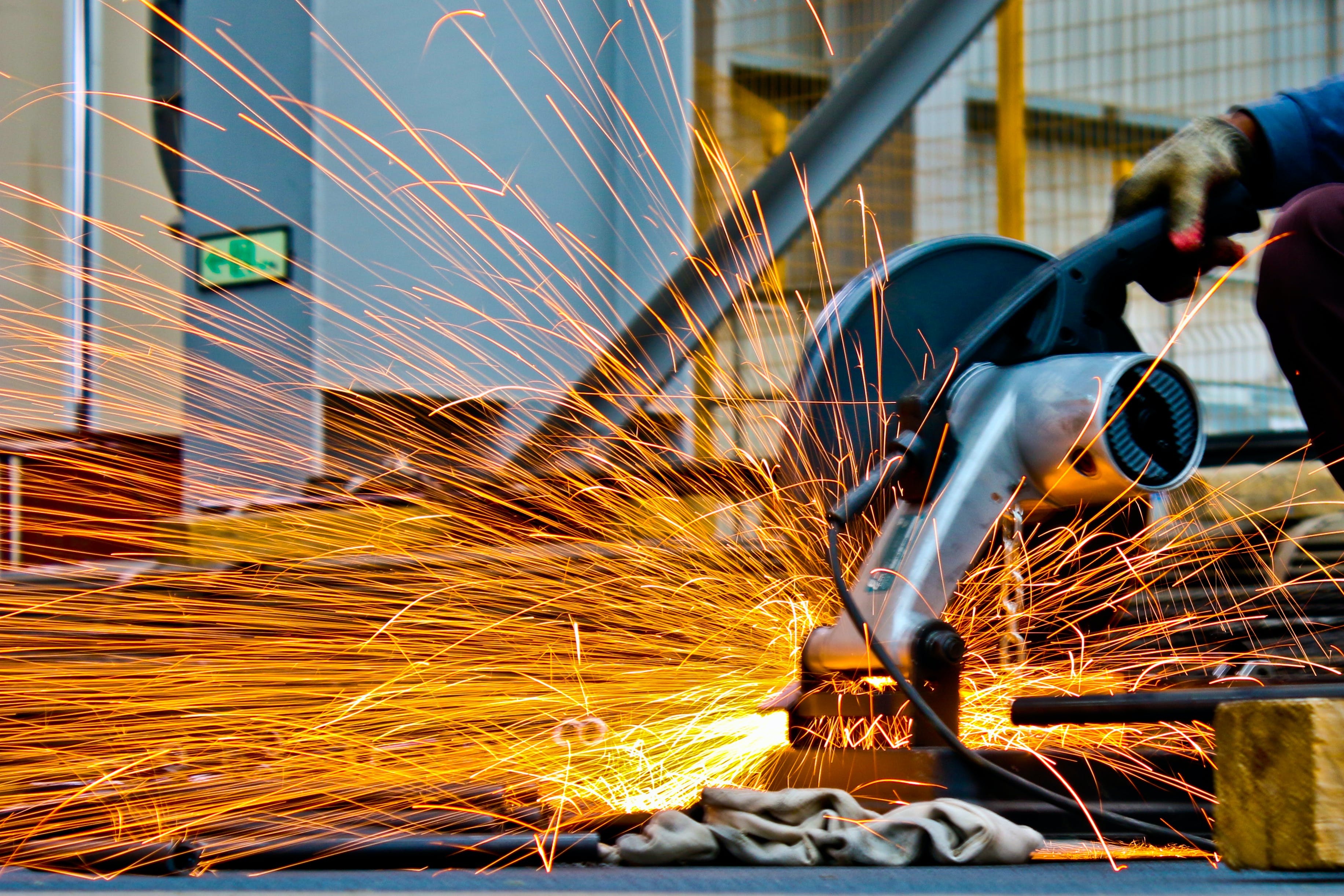Extrusion Container
Main Cylinder: Provides enormous extrusion force (ranging from hundreds of tons to tens of thousands of tons) to drive the extrusion stem forward. Requires high stability, sealing performance, and fatigue resistance.
Extrusion Stem (Extrusion Shaft): Transfers the pressure from the main cylinder to the aluminum billet, pushing it through the die for shaping. It must be heat-resistant and wear-resistant, typically made from high-strength alloy steel (e.g., H13).
Extrusion Container (Billet Container): Holds the heated aluminum billet and withstands the high pressure and temperature during extrusion. The inner lining must be resistant to high temperatures (400–500°C) and wear. It typically has a layered design, with a prestressed outer sleeve and a replaceable inner lining.
3、Die System
Different aluminum profiles require different dies. The shape and dimensions of the die directly determine the cross-sectional shape and dimensional accuracy of the extruded aluminum. Therefore, die fabrication requires precision and stability. Dies are generally made of high-strength steel (such as H13 steel) to withstand the tremendous extrusion force.
4、Control System
The operation of the extrusion machine requires a complex control and monitoring mechanism. The electrical control system of our aluminum extrusion machines at Huanan Heavy Industry adopts a two-level control system based on industrial programmable logic controllers (PLCs). Sensors are arranged throughout various parts of the extrusion machine to monitor pressure, temperature, displacement, and other parameters in real time. The PLC system enables full process control of the machine.
The control panel is equipped with operation buttons, while the touch screen includes touch switches, digital displays of extrusion speed, stroke, extrusion force, extrusion container temperature, and indicators for machine status and fault alerts.







